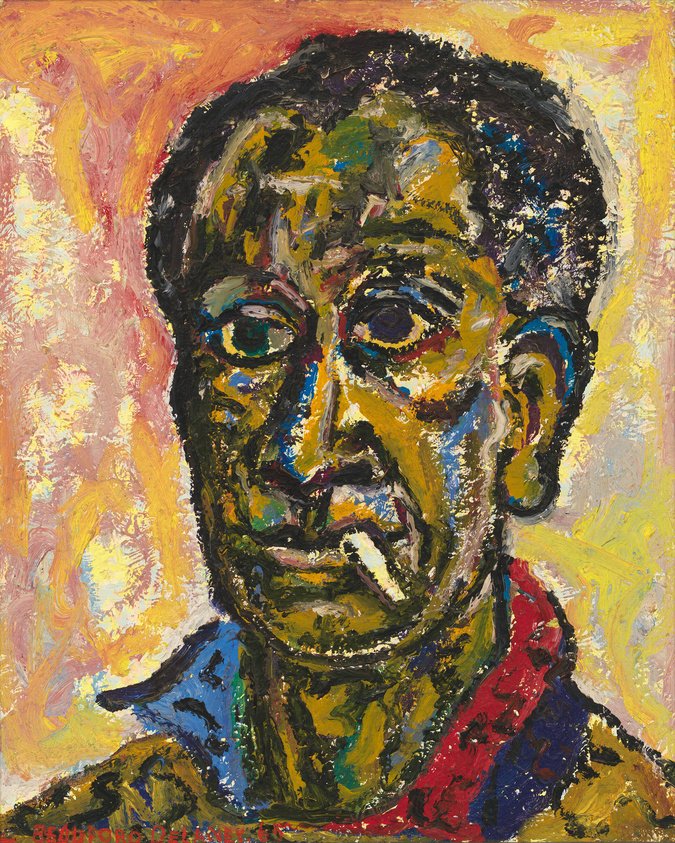The Queer Beginnings of Modern Art
What makes modern art modern? Well, in my mind, it comes from two things. Modern art has its basis in experimentation and self-expression. Though modern art began at a time when queer identities were criminally prosecuted, queer artists used modern art to express who they were in new ways and were some of the most pioneering artists in the modern movement.

The Queer Beginnings of Modern
Discover how modern art and the queer identity go hand-in-hand through a look at some of the most groundbreaking artists of the early 20th century.
Modern art opened up a lot of opportunities for queer artists to express themselves. This advanced talk takes a close look at four artists born between 1864 and 1904 and how they used the experimental medium of modern art to bring queer identity to the forefront of artistic expression. Highlights include:
A charismatic photographer F. Holland Day and his incredibly unique images.
How Beauford Delaney found prejudice against him in terms of race and sexuality, but how James Baldwin came to his rescue.
Claude Cahun’s astonishingly brave existence as a non-binary Jewish artist who fought back against the Nazis.
And much more!
FAQs
How do the tours take place?
Talks and tours are hosted on Zoom but if you have a specific video conferencing platform your company uses (such as WebEx) I can adapt to what you want.
How much do the tours cost?
This is negotiable based on group size and budget, please inquire with me via email.
How long are the tours?
Each talk is as an hour long, including time for discussion and Q&A. If you would like a customized tour (longer, shorter, with more time for participation, etc.) I would be very happy to accommodate your needs.
What group size do you cater for?
Tours accommodate up to 100 participants, but within that any group size is catered for.
What kind of participation do you offer?
Modern art is a gift to talk about! At the end of each stop on the tour I like to get a discussion going about the artwork we’ve seen. Utilizing Zoom’s functionality, participants are encouraged to communicate their thoughts, feelings, comments, and questions to really explore the art and ideas we look at together.